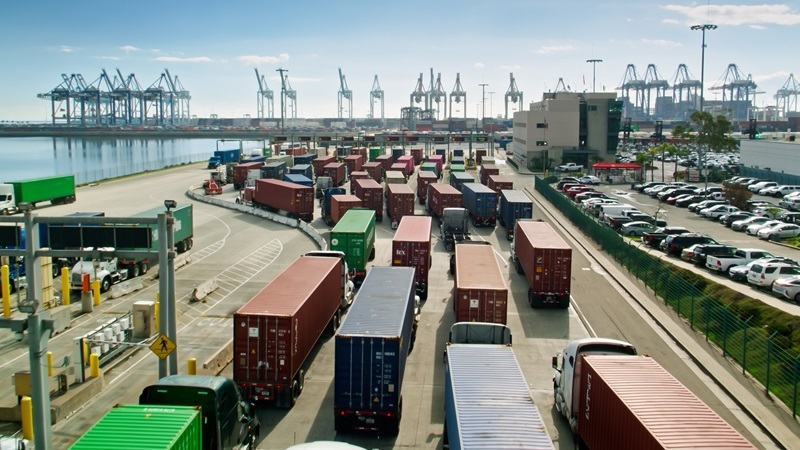Congestion at ports and rail terminals and excessive wait time at customer locations is nothing new, but the stakes have never been higher. For drayage carriers, operational bottlenecks like driver delay time are quietly eroding profitability and stretching already thin margins.
While driver wait time is a well-documented challenge, what is less often discussed is the true cost of inaction. For many carriers, the absence of accurate, real-time visibility into driver wait times means missed billing opportunities, underutilized assets, and inefficiencies that ripple across the entire operation.
As the industry pushes toward greater digitization and data driven decision making, motor carriers must reassess how they track, manage, and monetize delay time. It's not just about reducing friction, it’s about reclaiming revenue and building smarter, more resilient operations.
We don’t have a congestion problem, we have a visibility problem
Today’s delay times are driven by a web of complex factors: seasonal volume surges, labor disruptions, and shifting schedules. But what has made them unmanageable is the lack of trusted data.
Traditionally, tracking driver wait time has been a manual and error-prone process. Drivers call into dispatch to report delays. Dispatchers make note of arrival and departure times – often relying on handwritten logs or verbal updates. In some cases, proof of detention is documented on paper or signed delivery note that may not return until the following day.
This process creates several points of failure. Company drivers, paid hourly, are often less motivated to report wait times. Independent contractors, by contrast, may overstate delays to secure detention pay. In either case, billing accuracy suffers and valuable revenue is lost.
Even when properly documented, reconciling and invoicing for detention time places a significant administrative burden on internal teams. Without automation, billing is delayed, inconsistent, or avoided altogether.
The shift to automated accountability
Imagine a world where delay time is tracked passively, automatically, and with GPS verified accuracy. Dispatchers are alerted when a truck exceeds its free time at a terminal, billing systems are pre-populated with defensible line items, and drivers are paid fairly and promptly.
This is no longer a distant future. Today, modern motor carriers are implementing these efficiencies through tools like GeoStamp, leveraging geofencing and breadcrumb tracking to monitor all customer, port and railroad terminals locations. Not only has this removed the guesswork from turn time analysis and detention billing, but it has helped shift the operational mindset from reactive reporting to predicting what will happen.
A measurable impact on revenue and operational efficiency
In a tight-margin business, small wins can scale fast. With average delay billing rates ranging from $75–$125 per hour, just one unclaimed wait time per day, per truck, adds up to thousands in lost revenue each month.
And yet, many motor carriers continue to not measure rates.
GeoStamp’s value is not just in automated billing. It gives carriers the power to make better dispatch decisions by showing where congestion is building, in real-time. A motor carrier can look at a locations showing 2-3 hour average turn times and shift their fleet elsewhere, saving hours, reducing fuel costs, and maintaining service levels.
Automating the wait time calculation also enables drayage companies to more accurately pay their owner-operators/contractors for their time, which improves driver satisfaction and reduces driver turnover.
Now is the time to take control of delays
We are entering a new era of supply chain resilience, where the winners won’t just be the fastest movers, but the smartest planners. For motor carriers, that means building systems that are not only agile but accountable.
As the conversation around wait time continues to heat up throughout the various drayage markets, drayage companies who invest in these capabilities today are helping shape industry standards for tomorrow.
Solutions like GeoStamp are not just tech tools. They are business enablers, helping you unlock time, insight, and margin. And in today’s environment, that’s not just valuable, it’s essential.
Want to see what your delay time is really costing you?
Learn how you can turn wait time into a competitive advantage.
